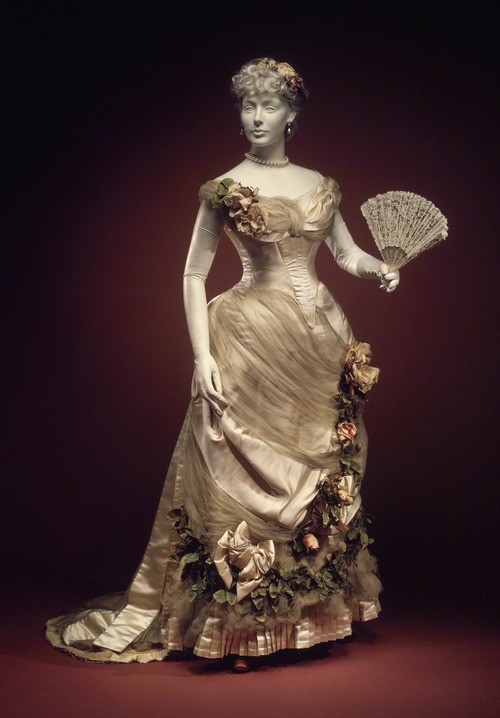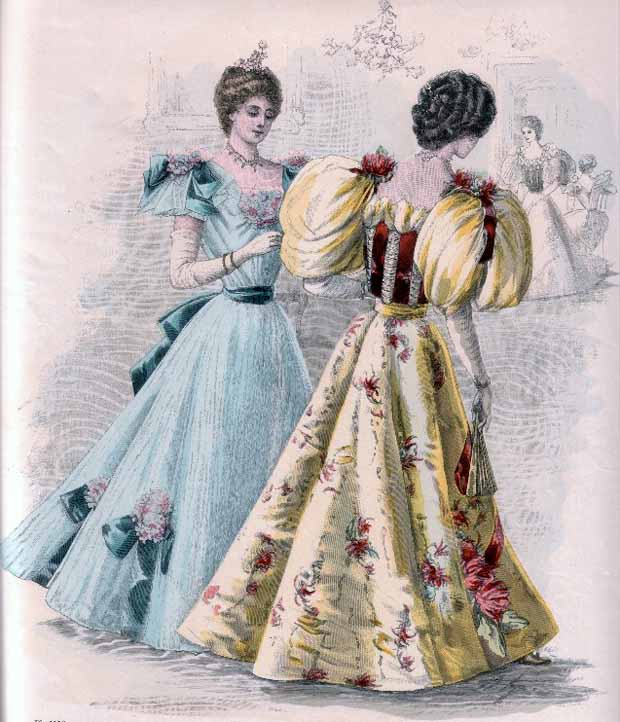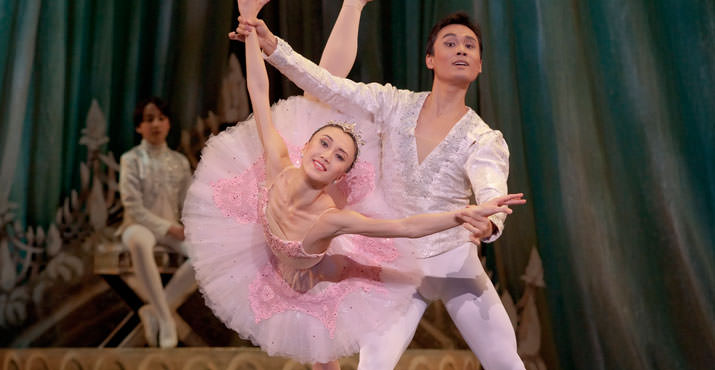I remember watching an interview with a famous ballet dancer (it might have been Baryshnikov), who said that for many professional dancers, Nutcracker is their least favorite ballet because it is hard for them to envision who they are. In Romeo and Juliet, the roles are clear, it is a tragic love story, same with Swan Lake. Even Sleeping beauty, Cinderella or Snow White have a clear division of persona but not so Nutcracker.
Depending on the version of Nutcracker, well it is all a bit foggy. Are the Cavalier and the Sugar Plum Fairy an item? or is it really Clara and the Nutcracker Prince all grown up? Is Clara a little girl dreaming or a young women doing well what exactly? And who or what is that Drosselmayer guy? Friendly uncle, a rather naughty party guest (in one version I saw, he was a bit over friendly shall we say with the ladies at the party), creepy old man? I think you get my point.
From a costumers' perspective, creating costumes for Nutcracker can be a challenge too, because the costumes have to make "your" version stand out positively so as to compete for the public's money. At the same time there are some Nutcracker "traditions" and specific styles that you have to adhere to.
Here is a wonderful little video clip about how costumes are created at the National Ballet of Canada. Boy would I love to intern there!!!!
 |
| Dress by Frederick Worth, 1890 |
 |
| Paris fashion plate, 1892-1893 |
The men wore what we would recognize today as "white tie" suits, with long tails in the back. If the men are going to be dancing, the tails present a problem and some sort of modification would be made. It is really hard to do turns if you are being slapped by long strips of fabric.
After the party scene comes the scenes with the Rat or Mouse King, dancing Mice, the battle between tin soldiers and mice and the Nutcracker.
Animal costumes and the Nutcracker costume are ones that most dancers love to hate. They tend to have head covering masks, which if improperly cleaned and stored are a source of dust, mold and bugs. If the masks are not well made, they are cumbersome, hard to see out of, let alone breath comfortably. The masks can be made of buckram, foam, Fosshape (a special thermoplastic material)or even paper mache. Here is a small video clip from Tutu.com where you can take classes to learn how to make spectacular mask:
The second part of the Nutcracker is pure ballet with lots of tutus. Depending on the version of the ballet, the snow scene often has longer Romantic style tutus and the Waltz of the flowers has classical tutus. In Balanchine's version, the dancer's in the Waltz of the flowers wear something reminiscent of a tiered Spanish skirt and the Dew Drop fairy has a tiny tunic like dress.
 |
| Dew Drop Fairy, Waltz of the Flowers |
In other versions, Clara visits the Land of the Sweets, and although often the costumes are still Nationally themed, they have candy names and the costumes can be more fanciful.
 |
| Vzevolozhsky's original design for the Merlitons |
Finally the Sugar Plum Fairy and the Prince or Cavalier make their appearance. Many people think that sugar plums are, well plummy colored (pink-purple) but actually they are a type of multi-colored candy. In the Russian themed version of the Nutcracker, the Sugar Plum fairy is always dressed in white and gold.
 |
| Jenifer Ringer as Sugar Plum Fairy, and Jared Angle as Cavalier |
 |
| Roberta Marquez and Valeri Hristov as The Sugar Plum Fairy and The Prince, December 2006 |
 | ||||
| Sugar Plum Fairy and Cavalier, Oregon State ballet |


No comments:
Post a Comment